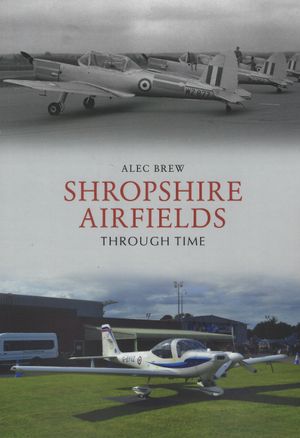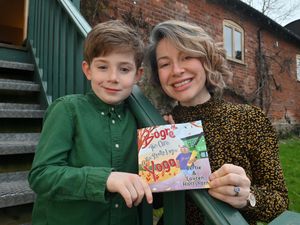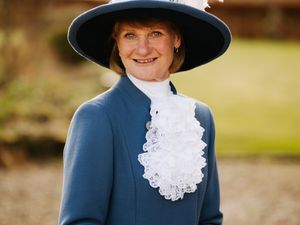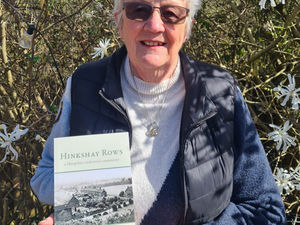Alec's new Shropshire airfields book takes flight
The hectic wartime skies of Shropshire are evoked in a book by aviation historian Alec Brew which tells the story of the county's many airfields.
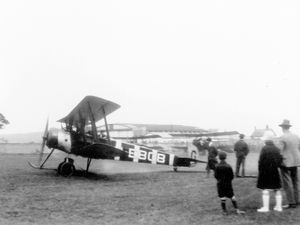
And although those days have long gone, Brew says smaller airfields ensure that there continues to be much flying even today.
Shropshire Airfields Through Time showcases a selection of photographs tracing the many ways in which the county's airfields – some of which date back to the Great War – have changed and developed over the decades
Brew, from Wolverhampton, says the skies were full of aircraft like Spitfire and Thunderbolt fighters, Wellington and Whitley bombers, and Oxford and Master trainers, while on the ground vast numbers of RAF recruits passed through RAF Bridgnorth, an initial training centre.
